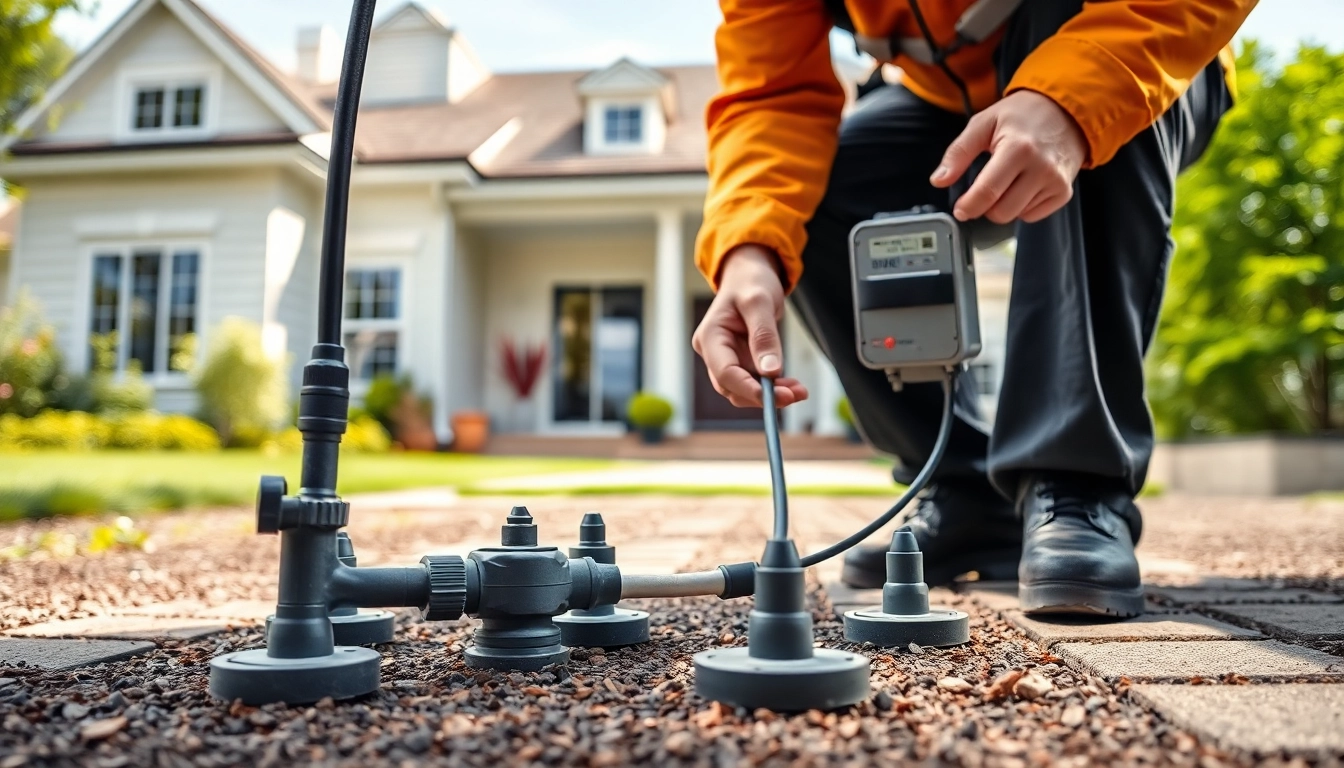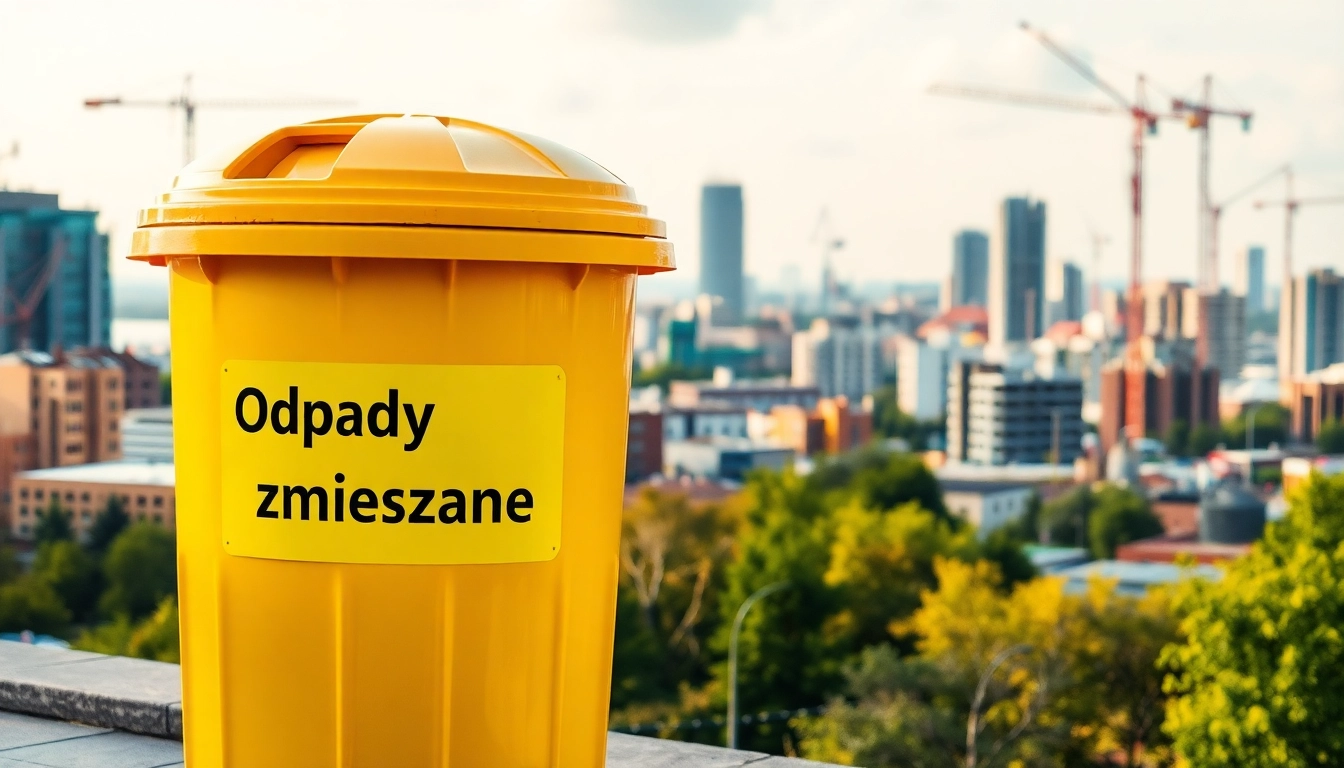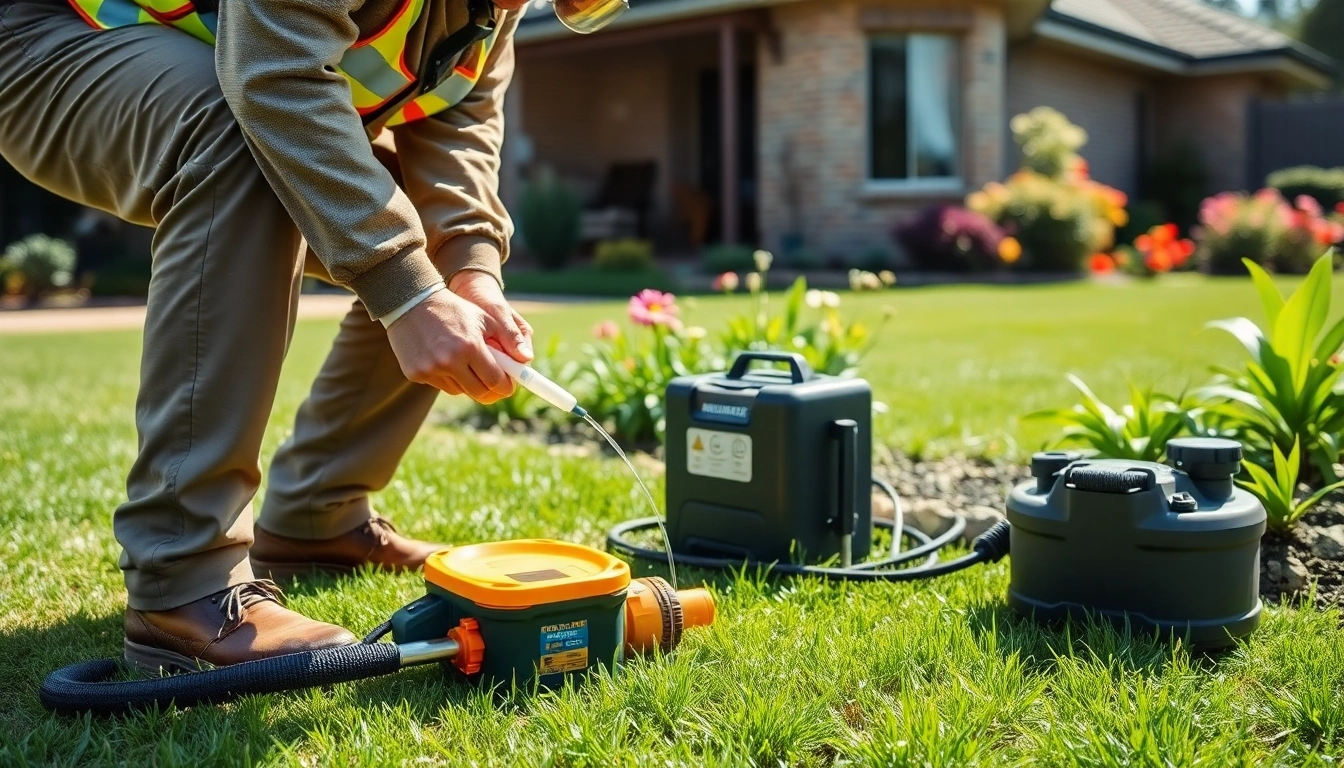Understanding Termite Reticulation Systems
1. What is a Termite Reticulation System?
A termite reticulation system is an intricate network of underground pipes that is installed around the perimeter of buildings and homes to protect against termite infestations. This system typically consists of a series of access points that allow for the refilling and maintenance of chemical treatments designed to deter termites. When implemented correctly, these systems provide a continuous barrier that can prevent termites from accessing the structures above ground.
The underlying principle is relatively straightforward: by infusing a chemical agent into the soil surrounding the foundation of the building, a toxic area is created that termites cannot cross. This proactive measure helps to safeguard the integrity of wooden structures by creating an impenetrable line of defense against these destructive pests. For homeowners in areas prone to termite activity, understanding termite reticulation system refills is crucial to maintaining long-term protection.
2. Benefits of Implementing a Reticulation System
One of the primary advantages of a termite reticulation system is its ability to provide ongoing protection without the need for frequent chemical applications. This system allows pest control professionals to deliver concentrated doses of termite treatment directly into the soil, ensuring substantial and fresh coverage where it matters most.
Additional benefits include:
- Reduced Chemical Exposure: By focusing treatment in a targeted manner, the system minimizes the amount of chemicals introduced to the environment.
- Cost-Effective Maintenance: Long-term, reticulation systems can be more cost-effective than traditional methods, reducing the frequency of inspections and treatment applications.
- Easy Monitoring: The design allows for easier inspections and quick refills, which can be critical in early detection of any issues.
- Adaptable Solutions: As chemical technologies improve, the system can often be adapted to use new or more effective treatments without needing to alter the infrastructure.
3. Common Misconceptions About Systems
Despite their effectiveness, several misconceptions surround termite reticulation systems that can lead homeowners to make uninformed decisions. Common myths include:
- “Once installed, the system is maintenance-free.” In reality, regular inspections and refills are essential for ongoing effectiveness.
- “All reticulation systems are the same.” Different systems vary significantly in their design, materials, and the types of chemicals used, which can affect longevity and effectiveness.
- “Homeowners can refill the systems themselves.” Although some systems allow for DIY refills, it is generally recommended to allow trained professionals to handle the process to ensure safety and efficacy.
Importance of Regular Refills
1. Why Refills are Necessary for Effectiveness
To maintain a barrier against termites, the active ingredients within the reticulation system need to be replenished regularly. The protective chemicals degrade over time due to various factors such as weather, soil composition, and the breadth of activity around the home.
Refilling ensures that the chemical barrier is potent enough to deter termites effectively, preventing infestations from developing into costly damages. Neglecting necessary refills can lead to significant vulnerabilities in protection.
2. Signs Your System Needs a Refill
Recognizing when a system is due for a refill is crucial. Homeowners should watch for the following signs:
- Increased termite activity or visible signs of infestation, such as mud tubes or damaged wood.
- Advanced deterioration of the soil or chemical fading around access points.
- Obsolete service records or the time elapsed surpassing recommended refill intervals.
3. Frequency of Refills Based on Chemicals Used
The frequency of required refills depends largely on the types of chemicals employed within the reticulation system. Some treatments last longer than others, necessitating refills every 3 to 8 years. Generally, systems using high-quality, modern chemical treatments can extend refill intervals while providing robust protection.
Homeowners should consult with their pest control professionals to determine the most appropriate intervals based on the specific circumstances of their property and the chosen chemical formulations.
The Refilling Process
1. Steps Involved in Refilling a Termite Reticulation System
The refill process for a termite reticulation system is systematic and should be performed by trained professionals. Here are the common steps involved:
- Inspection: The technician assesses the existing system for any signs of wear or damage.
- Safety Protocols: Proper safety measures are taken, including the application of personal protective equipment (PPE).
- Access Points: The technician opens the access points on the reticulation system.
- Refilling: Using specialized equipment, the technician fills the system with the appropriate chemical solution.
- Testing: After refilling, the system is tested to ensure proper function and distribution.
- Documentation: Finally, the service details are documented for future reference.
2. Tools Needed for Refilling
To refill a termite reticulation system effectively, several specialized tools are recommended:
- Pressure Pump: Essential for injecting the chemical treatment into the pipes.
- PPE: Safety glasses, gloves, and protective clothing to prevent exposure to chemicals.
- Access Tools: Tools such as screwdrivers and wrenches for accessing the system’s points.
3. Safety Measures During Refills
Safety is paramount during the refill process. Technicians should follow stringent safety measures, including:
- Conducting assessments for any underlying risks at the job site.
- Wearing appropriate protective gear to avoid chemical exposure.
- Properly ventilating the area or utilizing respiratory equipment when needed.
- Ensuring all chemicals are handled, stored, and disposed of in line with local regulations.
Cost Analysis of Termite Reticulation System Refills
1. Average Costs for Refills
The costs associated with refilling a termite reticulation system can vary widely based on several factors. Generally, homeowners can expect to pay anywhere from $150 to $300 for a standard refill, although this can rise for complex systems or extensive property coverage.
Cost may be influenced by the depth of the reticulation system, the type of chemicals used, and local labor rates. Obtaining quotes from multiple service providers can ensure fair pricing.
2. Factors Influencing Refill Costs
Understanding the factors that influence the costs of refills can aid in budget planning:
- Size of the Property: Larger properties with more extensive systems generally incur higher refill costs.
- Type of Chemicals: More effective or environmentally friendly chemicals may come with higher price tags.
- Service Provider Reputation: Established companies with a strong track record may charge premium rates for their expertise and reliability.
3. How to Save on Refill Expenses
While termite reticulation refills are a necessary expense, homeowners can take steps to minimize these costs:
- Schedule regular maintenance to catch potential issues early.
- Ask about loyalty programs or package deals from pest control providers.
- Research alternative chemical options that may offer similar levels of protection at lower costs.
Choosing the Right Pest Control Service
1. Key Qualities to Look for in a Pest Control Provider
When searching for a pest control service to assist with termite reticulation and refills, consider the following qualities:
- Licensed and Insured: Verify that the service is licensed and carries appropriate insurance.
- Experience: Look for companies with a proven track record in dealing with termite control and reticulation systems.
- Technology Utilization: Modern technology for treatments and monitoring can offer more efficient solutions.
- Transparent Pricing: Providers should present clear and detailed pricing, avoiding unexpected charges.
2. Evaluating Service Offers and Competitors
Comparing competitors can be beneficial for getting the most suitable pest control service. Here’s how to evaluate offers:
- Demand quotes from multiple service providers, paying attention to the scope of service included.
- Check for complementary services that might enhance overall value, such as regular inspections or preventative treatments.
- Seek recommendations from friends or online reviews to gauge customer satisfaction and service reliability.
3. Customer Reviews and Testimonials
Feedback from previous customers can be illuminating when assessing pest control providers. Look for:
- Positive testimonials regarding their effectiveness and professionalism.
- Reviews that address post-service support and maintenance follow-ups.
- Evidence of reliable customer service, as this may be critical in urgent situations.



